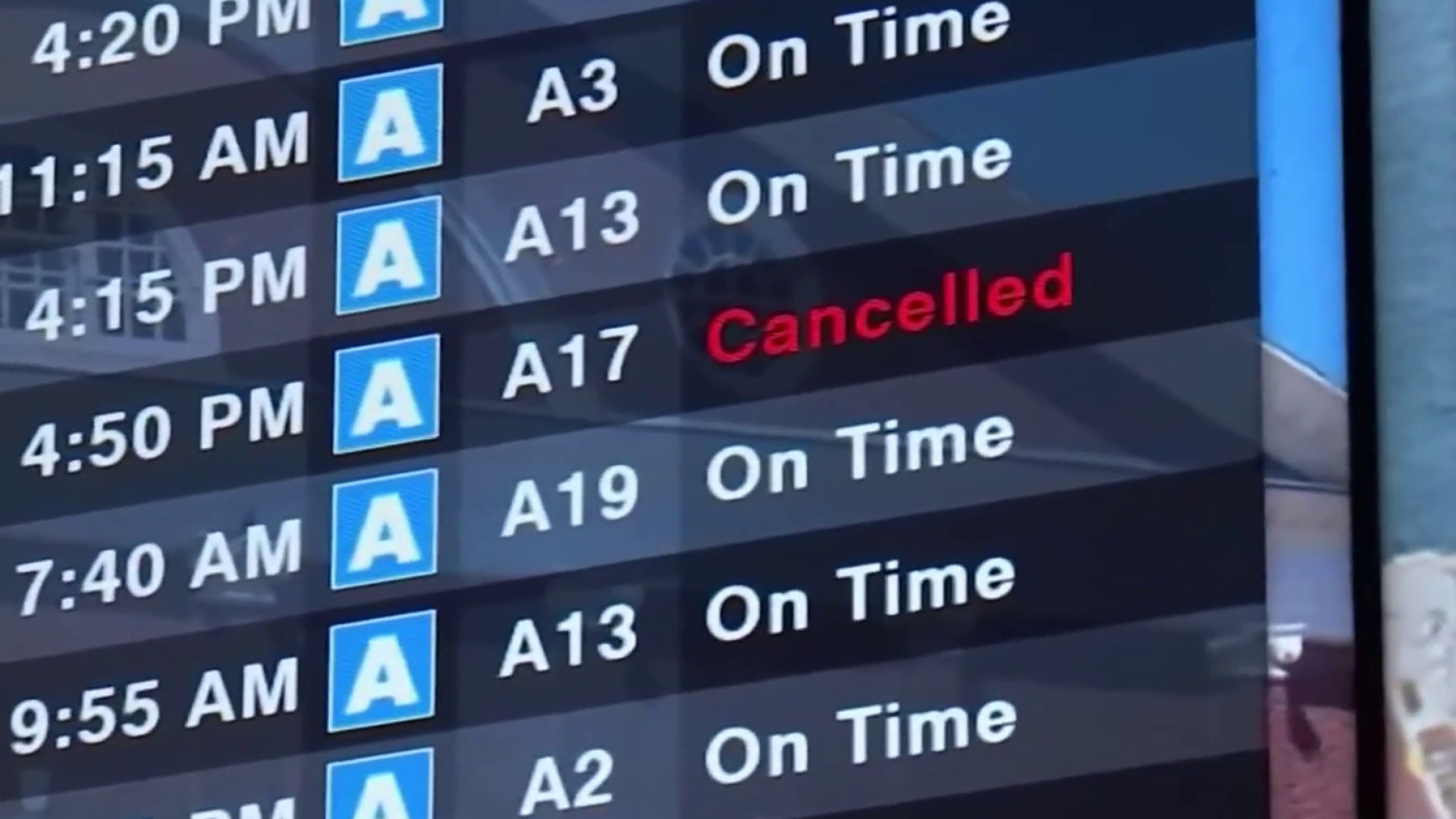PG&E says it shook up management in light of what it calls “unacceptable” conduct by unspecified managers who regulators say exerted pressure on crews to falsify “tens of thousands” of gas safety inspections as being on time when they were late.
In its statement last week when the falsification allegations were formally lodged by California regulators, the company did not mention any management shakeup.
But in a statement posted over the weekend on its website, PG&E said it had carried out a number of reforms in the wake of “unacceptable” conduct as alleged by state regulators in its 811 program to mark and locate gas lines. The state Public Utilities Commission accuses the company of urging crews called out to mark and locate gas lines for construction projects to claim the inspections were done on time, when in fact they were not within the three day regulatory deadline.
The company noted it had beefed up staffing while voluntarily submitting the results of an independent review to state regulators and the federal monitor overseeing safety in the aftermath of PG&E’s conviction for federal gas safety violations following the deadly San Bruno pipeline explosion.
The company also cited “making a number of personnel and organizational changes including some leaders no longer being with the company.”
According to the CPUC’s filing last week in the case, two top PG&E officers, then-President Nick Stavropoulos and gas safety official Jesus Soto, were called in to account for “the safety consequences” of the falsification alleged in the case. Stavropoulos, 60, officially retired in September, but Soto remains with the company.
Meanwhile, the Public Utilities Commission has ordered the company to review its entire “Mark and Locate” program and vouch, under penalty of perjury, that it is now capable of meeting its obligations under state law.
Local
The regulators allege the company falsified mark and locate records to reflect timely responses between 2012 and 2017, when they clearly lacked the staffing needed to dispatch crews promptly, as required by law.
Crews, acting under pressure, altered late response to appear to be on-time responses, regulators allege. The law requires the company respond within two days after receiving a call.
“Utility falsification of safety related records is a serious violation of law and diminishes our trust in the utility’s reports on their progress,” said Commission President Michael Picker when the formal investigation was launched last week.
“These findings are another example of why we are investigating PG&E’s safety culture. Our upcoming consideration of measures that address systemic safety issues at PG&E will determine the best path forward for Northern Californians to receive safe electrical and natural gas service in the future.”
In a regulatory filing released Friday, the commission alleges that the wrongdoing occurred “immediately following the 2010 San Bruno gas explosion and fire that resulted in eight fatalities, numerous injuries and damage to property.”
“This Commission would expect that after such a tragedy, caused by multiple proven violations of law, PG&E would have sought to vigorously enhance and increase its effectiveness in all aspects of its gas safety.’’
The investigation began when federal pipeline safety regulators notified the commission in April 2016 that PG&E may have been falsifying records.
PG&E’s commissioned auditor concluded that although the company lacked staffing, management “placed inherent pressure’’ on crews to complete their work within state deadlines. “It was common knowledge among supervisors that locators entered false notes to avoid tickets from going late,” the auditor found, citing “pressure to falsify tickets so they would not appear as late.”
The PUC-commissioned auditors later found the company was undercounting the number of late responses “on the order of tens of thousands” between 2012 and 2016 and did not count least 5,000 additional late responses in 2017.
Each failure, the regulators contend, “increased the risk of another catastrophic gas incident, regardless of whether there was an actual hit or ‘dig-in’ on PG&E’s infrastructure, or not.”
Regulators say they hope the investigation will delve into whether the management knew or should have known about the falsification as alleged.
PG&E, one of the largest natural gas and electric energy companies in the U.S., provides service to 16 million people in northern and central California. The utility has also been under scrutiny over the possible role of failing PG&E equipment in recent deadly wildfires.



